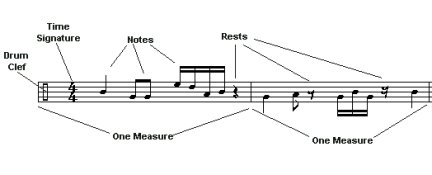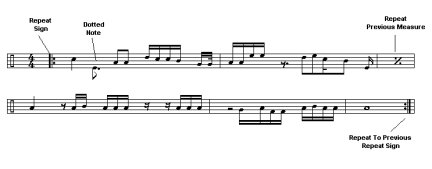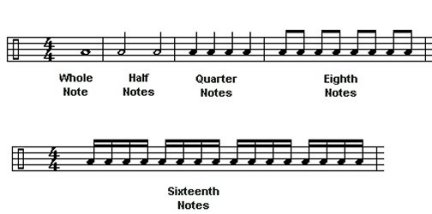How To Read Drum Music
Contents
Good beginner drum lessons should start with a basic overview of how to read drum music. Before you can start practicing your exercises, there are a few basics that you should know. Below are a few simple drum lessons that will help breakdown drum sheet music for you.

You can start with the first lesson and work your way through them all, or if you already have a basic knowledge you can skip ahead. I’m going to start at the ground level of reading drum music and work up. Let’s get started.
Musical Staff and Notes:Familiarize yourself with basic symbols found in drum notation. I’ll also show you how the bass, snare, toms, and cymbals appear on the staff.
Note Values:Covers notes and rests from whole notes to sixteenths.
Time Signature:Understand how to decipher those annoying fractions that appear at the beginning of sheet music.

Individual Notes
These free drum lessons cover each of the notes that you can find in written drum music and include exercises for the more common ones. Lessons start with the whole note and then progress through note divisions.Whole Note
Half Note
Quarter Note
Quarter Note Exercises
Musical Notes in World Drums
World drums such as bongos, congas, and djembes use an entirely different set of symbols and staff placement to indicate notes. Below you can learn how to read drum notation for various world drums.Bongo Music:Learn how to read bongo drum notation and how to differentiate between various tones and striking techniques.

Drum Tabs
The popularity of guitar tablature has given rise to the drum tabs community. If you prefer to use tab, I’ve included a lesson on how to read drum tabs.Related Pages:
How To Read Drum Music
Beginner Drum Lessons
How To Read Drum Tabs




New! Comments
Leave your comments below.